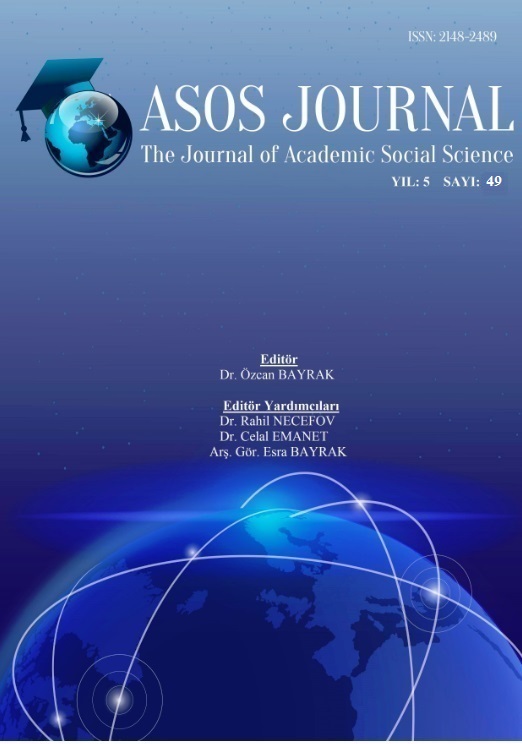Author :
Abstract
Bu çalışmada; güncel mevzuat ile özellikle ABD ve Avrupa’daki uygulamalar dikkate alındığı zaman Van Gölü Havzası boyunca belirlenmiş olan afete maruz bölge içinde seçilen pilot bölgede mali yükün fazlalığı ile hızlı ve kısa sürede kamulaştırma yapmanın güçlüğü nedeni ile imar hakkının transfer ile 1655 m kotunun altındaki yerleşimlerin boşaltılması ve kamuya terk edilmesi olanakları detaylı olarak irdelenmiştir. Bu çerçevede afete maruz alanlara yönelik politika ve çözüm önerileri geliştirebilmek için afete maruz alandan etkilenen 42 taşınmaz maliki ile anket çalışması yapılmış ve aynı zamanda alana ilişkin mülkiyet, kadastro ve imar planları birlikte değerlendirilmiştir. Afete maruz bölgede yapılacak bir uygulamada maliklerin mevcut taşınmazlarına karşılık tercihleri ile ilgili olarak; taşınmaz karşılığında belirlenen bedelin nakit olarak ödenmesini isteyenlerin imar hakkı sertifikasını güvenceye alacak kurum olarak öncelikle banka ve bakanlığı tercih ettikleri ve imar haklarının başka alana transferi veya sınırlı ayni hakların tesisi gibi hâlihazırda belediyelerin yetkisinde olan imara dayalı işlemlerde ise imar hakkı sertifikasını güvenceye alacak kurum olarak daha çok belediyeyi tercih ettikleri saptanmıştır. Olası bir afet durumunda meydana gelebilecek can ve mal kayıplarının önlenebilmesi için afete maruz bölgenin özel mülkiyetten arındırılması gerektiği gerçeğinden hareketle söz konusu bölgede ikamet edenlerin duyarlılıkları dikkate alınarak maddi kayıpların asgari düzeye çekilmesi, programın sosyal sürdürülebilir sorumluluk ayağının bulunması ve proje uygulama süreçlerine ilişkin izleme ve değerlendirme sisteminin geliştirilmesi zorunlu görülmektedir.
Keywords
Abstract
In this study, considering the applicable legislation and practices in the USA and Europe, the possibilities for evacuation of the settlements under 1655 m of elevation in Van Lake Basin via transfer of the right to development and abandonment of these places to the public due to the high financial burden and difficulties associated with conducting expropriation swiftly in the selected pilot regions were discussed in detail. In this context, ownership, cadaster, and development plans of the related area were collectively evaluated, and survey was conducted with 42 real estate owners in the disaster affected areas to evaluate in an attempt, develop policies and suggest solution for areas exposed to the disaster. Regarding the preferences of the owners in exchange for their existing properties within the scope of an application to be conducted in areas exposed to the disaster, it has been found that those who want to be paid in cash in exchange of the value determined as the value of the property prefer banks and the Ministry as the institution that will guarantee the right to development certificate and regarding development-based transactions that are currently under the jurisdiction of municipalities such as transfer of development rights to other areas and establishment of limited rights in rem, they tend to prefer municipalities as the institution that will guarantee the right of development certification. Considering the fact that in order to prevent life and property losses that may occur in the event of a possible disaster, the area exposed to the disaster must be cleared of private property, there seems to be a requirement to minimize the financial losses considering the sensitivity of the residents in the area, to ensure that the program has a social sustainable responsibility dimension and to develop monitoring and evaluation system for project implementation processes.





